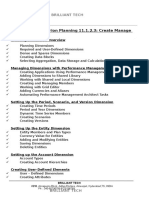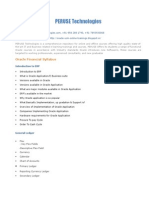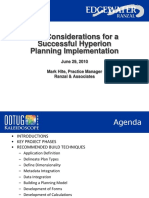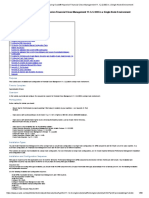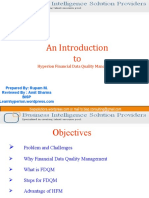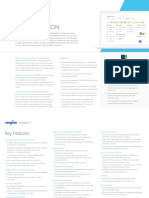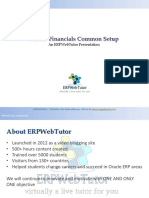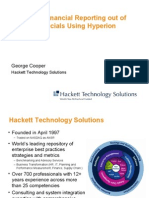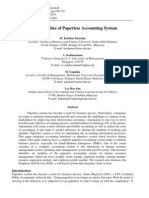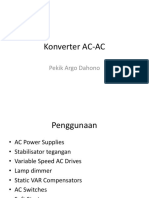0% found this document useful (0 votes)
184 views3 pagesOracle ARCS Fixed Assets Reconciliation
This guide outlines the setup process for data integration in Oracle ARCS for Fixed Assets reconciliation specifically for the Telecommunications and Shipping industries. It includes detailed steps for configuring data integration, defining data load rules, executing data loads, setting up auto-reconciliation rules, and generating reports. The document emphasizes the importance of compliance with industry regulations and provides examples relevant to both industries.
Uploaded by
Sachin GodseCopyright
© © All Rights Reserved
We take content rights seriously. If you suspect this is your content, claim it here.
Available Formats
Download as DOCX, PDF, TXT or read online on Scribd
0% found this document useful (0 votes)
184 views3 pagesOracle ARCS Fixed Assets Reconciliation
This guide outlines the setup process for data integration in Oracle ARCS for Fixed Assets reconciliation specifically for the Telecommunications and Shipping industries. It includes detailed steps for configuring data integration, defining data load rules, executing data loads, setting up auto-reconciliation rules, and generating reports. The document emphasizes the importance of compliance with industry regulations and provides examples relevant to both industries.
Uploaded by
Sachin GodseCopyright
© © All Rights Reserved
We take content rights seriously. If you suspect this is your content, claim it here.
Available Formats
Download as DOCX, PDF, TXT or read online on Scribd
/ 3
















